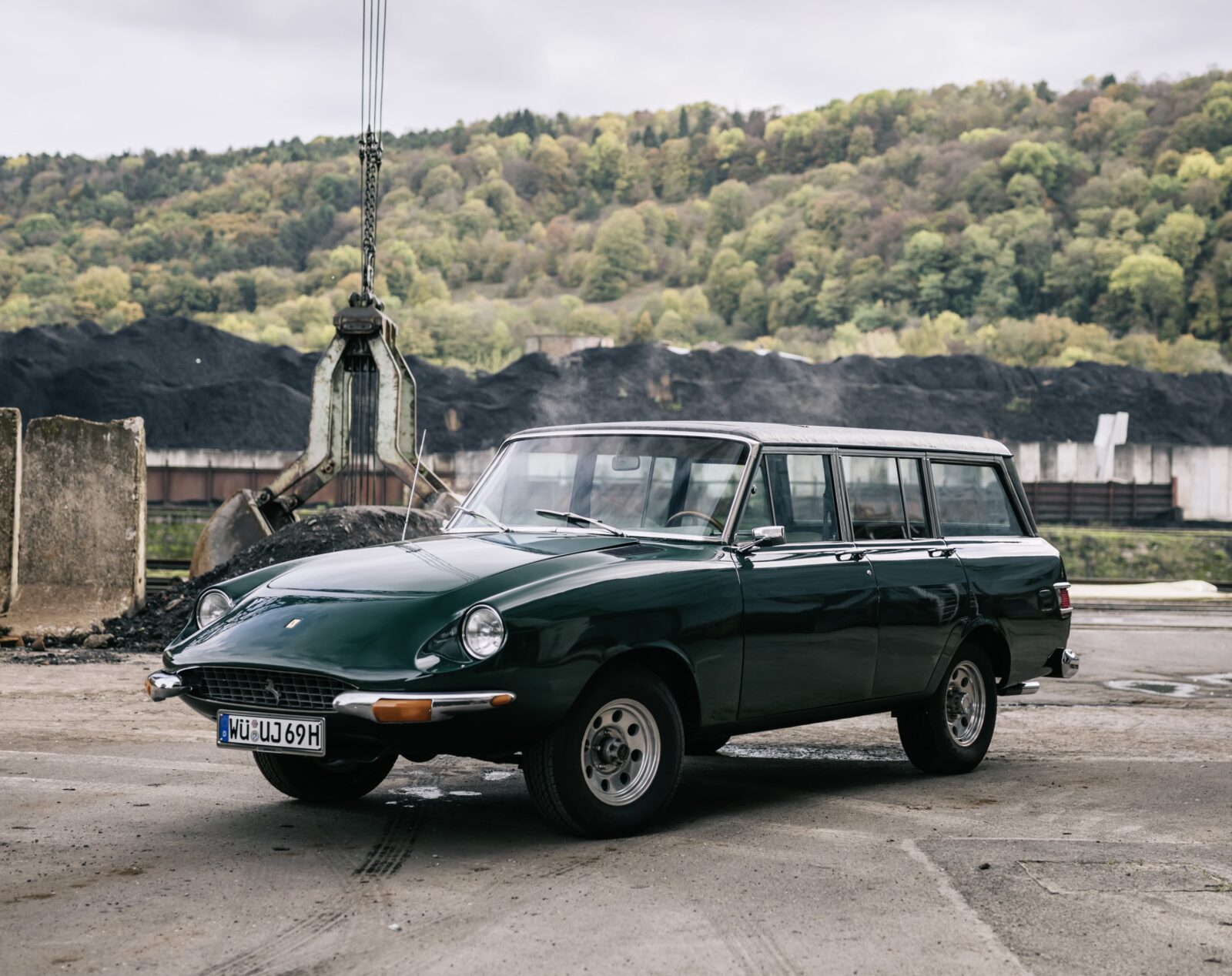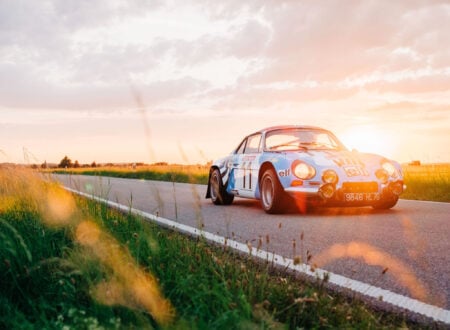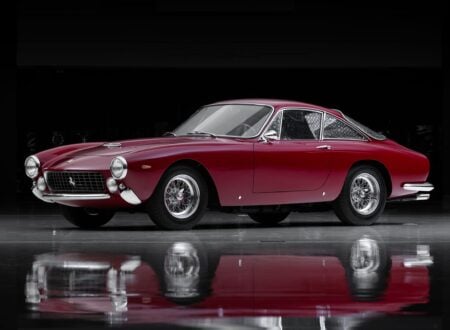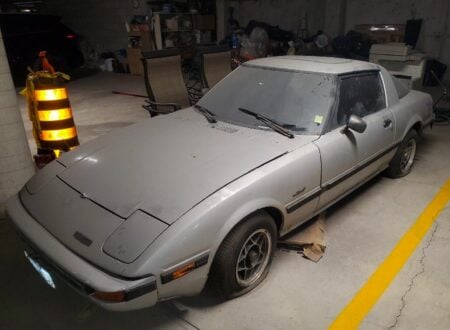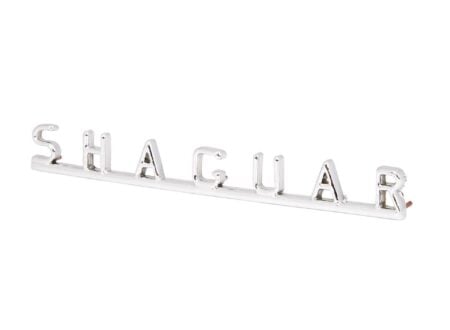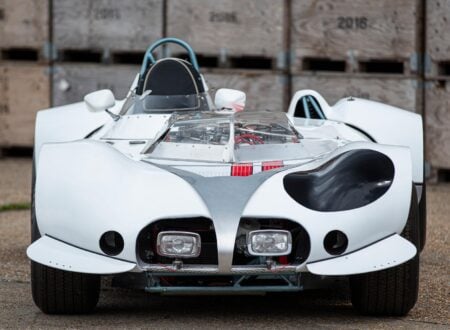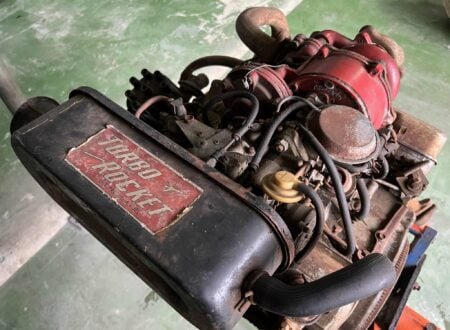The Jerrari is a vehicle that no logical person would build, it’s combination of a 1969 Ferrari 365 GT and a 1969 Jeep Wagoneer. Fortunately the team behind it decided to forgo logic and create one of the most memorable and unusual four-wheel drive chimeras of all time.
As the world waits to see the unveiling of the Ferrari Purosangue in 2022, the first four-wheel drive SUV ever made by the Italian marque, the timing couldn’t be better for the car you see here to pop up for sale – the Jerrari. This was the first Ferrari SUV although truth be told it did use mostly American parts and so I’m sure the purists will decry anyone calling it a Ferrari.
Who Built The Jerrari?
In the late 1960s multi-millionaire casino magnate William Harrah, a man with a car collection containing 1,500 vehicles, contacted Enzo Ferrari and requested the impossible – a Ferrari four-wheel drive SUV. As you may have guessed Enzo refused point blank. Not one to take now for an answer Harrah assigned the project to his own team of in-house mechanics and fabricators.
It’s believed that the Ferrari 365 GT front end and engine that was used in the project was sourced from one of Harrah’s own cars that had been crashed by a mechanic – however many of there stories surrounding this unsual car are difficult to fact check due to the time that’s passed.
When the project to build the Jerrari was undertaken in the late 1960s both the Ferrari and the Jeep that were used were essentially brand new vehicles. Both the 365 GT and the Wagoneer are body-on-frame vehicles which did help to simplify the project somewhat, however a significant amount of work still went into getting the lines to flow from the new Italian front end to the Italian back end.
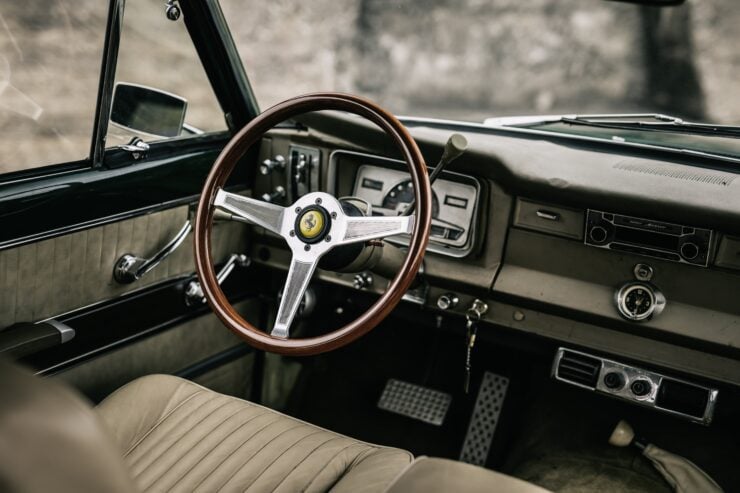
Above Image: The interior of the Jerrari is well-appointed, even including the original Ferrari steering wheel.
The Ferrari V12 Is Fitted
In the engine bay the original Wagoneer V8 was removed and replaced with the 4.4 litre Tipo 245 Colombo V12 from the Ferrari. The Colombo V12 was Ferrari’s bread and butter engine from 1947 until 1988 – a remarkably long life for a high performance engine.
This engine is a 60° V12 that was designed by Gioacchino Colombo in the 1940s after WWII with advanced specifications for the time including a single overhead camshaft per bank and a lightweight aluminum alloy block and heads. Later versions would have double overhead cams and four valves per cylinder and the engine’s swept capacity would vary from 1.5 litres all the way up to 4.9 litres.
Needless to say, this was not an engine that anyone at Jeep ever thought would be slotted into a Wagoneer chassis. Once the Ferrari front end had been grafted on and the engine fitted to the new chassis a T-10 Borg-Warner 4-speed manual transmission was installed.
The completed car was dubbed the “Jerrari” but no one knows by who, and Harrah is said to have enjoyed driving it. The biggest drawbacks to the new hybrid vehicle was the fact that it still used the stock Jeep Wagoneer brakes which were never intended to handle a 320 hp Ferrari V12, and that it had such unusual looks that everyone recognized it, and Harrah couldn’t drive it anonymously.
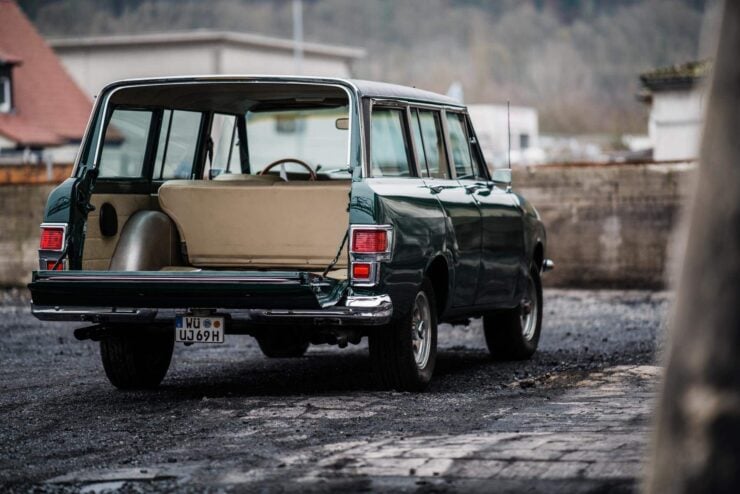
Above Image: There can’t be much doubt that this was the most practical vehicle ever powered by a Colombo V12.
The Jerrari 2 Appears
As a result of the lack of anonymity Harrah had a second Jerrari built, known as the Jerrari 2. This new vehicle was essentially a Jeep Wagoneer with all the luxury options possible, and the engine from the first Jerrari was taken and placed into it. From the outside this vehicle looked like a normal Wagoneer which gave Harrah back his anonymity, the only clue as to the vehicle’s identity being the unmistakable sound of the Ferrari V12 under the hood.
This of course left the original Jerrari with an empty engine bay, a 390 cubic inch Chevrolet small block V8 was then acquired and fitted which offered similar power to the Ferrari engine though without the charm of an Italian V12.
In the years since the first Jerrari was built it’s been sold a number of times and it’s just popped up for sale again now over on Classic Driver. The listing doesn’t give a price, it’s one of those “If you have to ask you can’t afford it” situations I think.
It’s currently located in Germany and it’s licensed and road legal in the EU, and of course it’s been previously road registered in the United States which would make reregistering it there relatively simple if the new owner should so wish.
If you’d like to read more about this unusual Wagoneer or enquire about buying it you can click here to visit the listing.
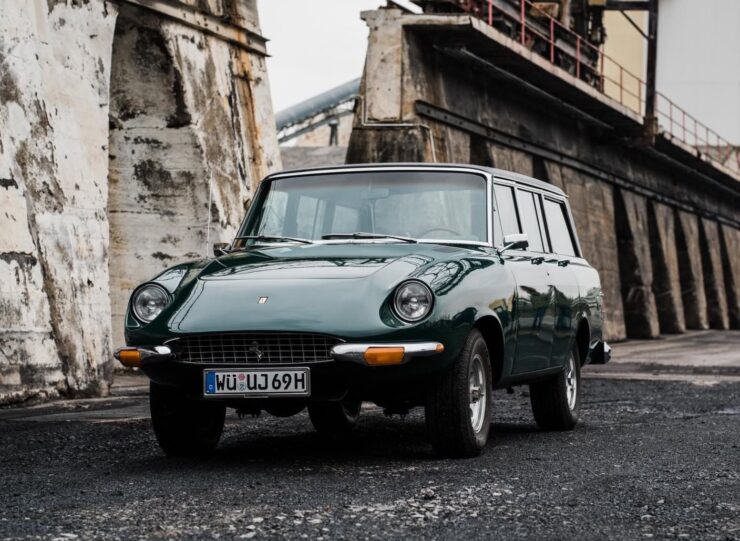
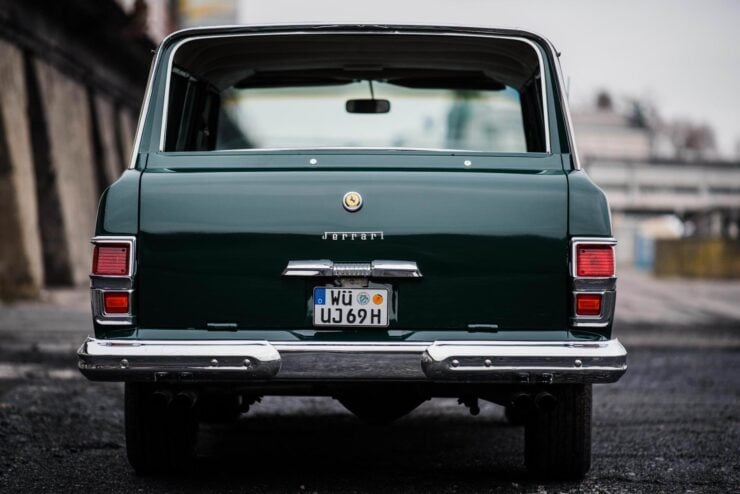
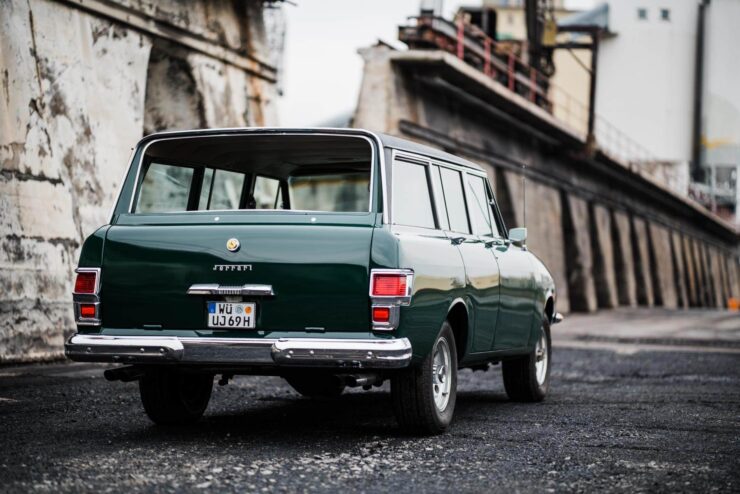
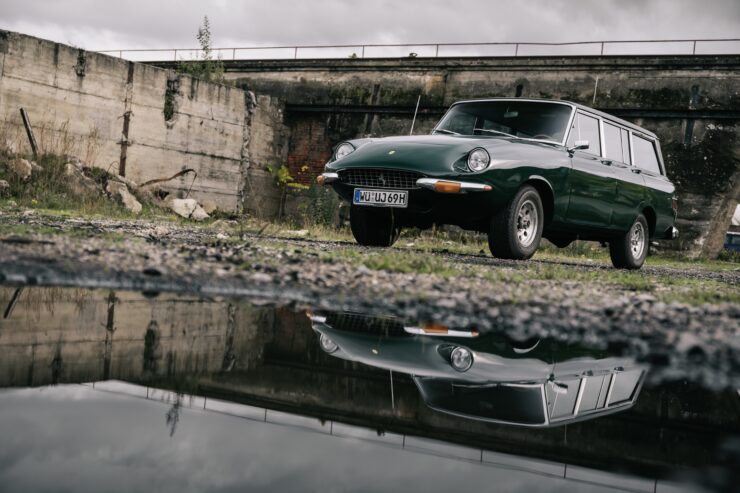
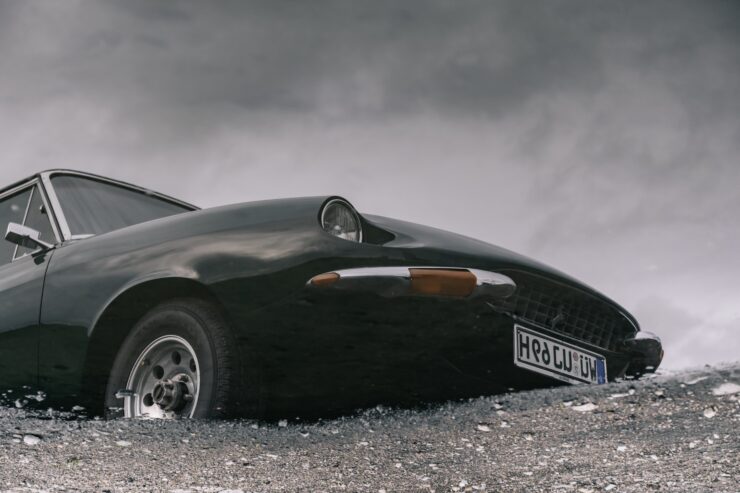
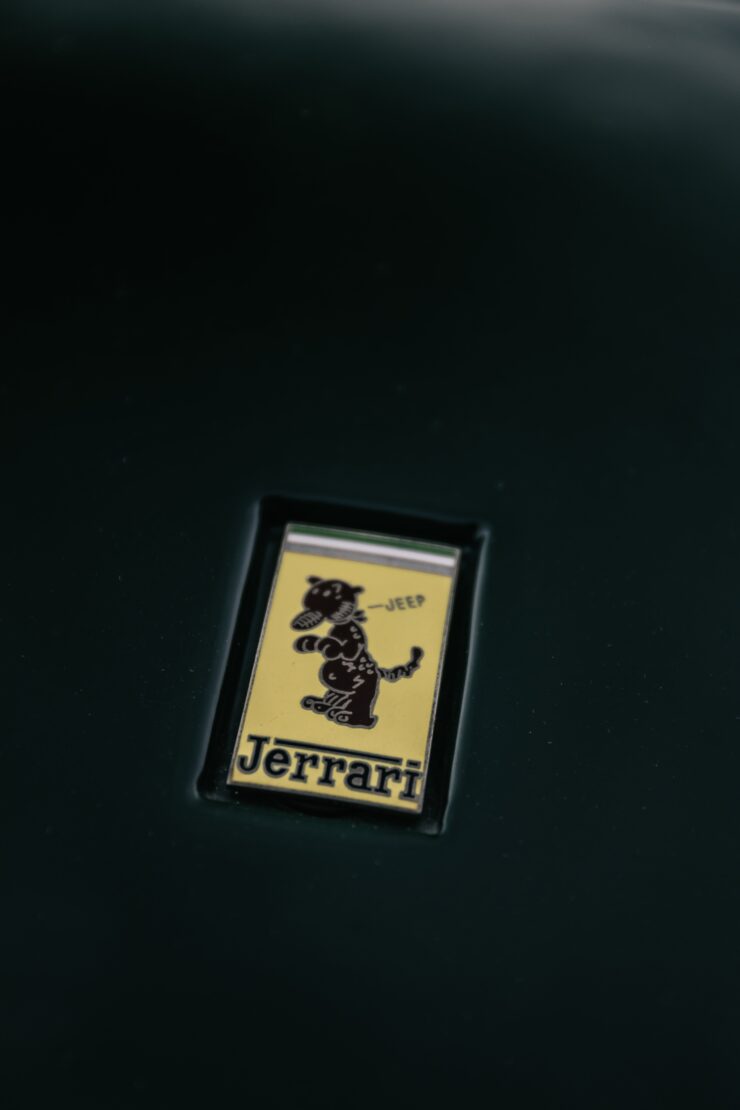
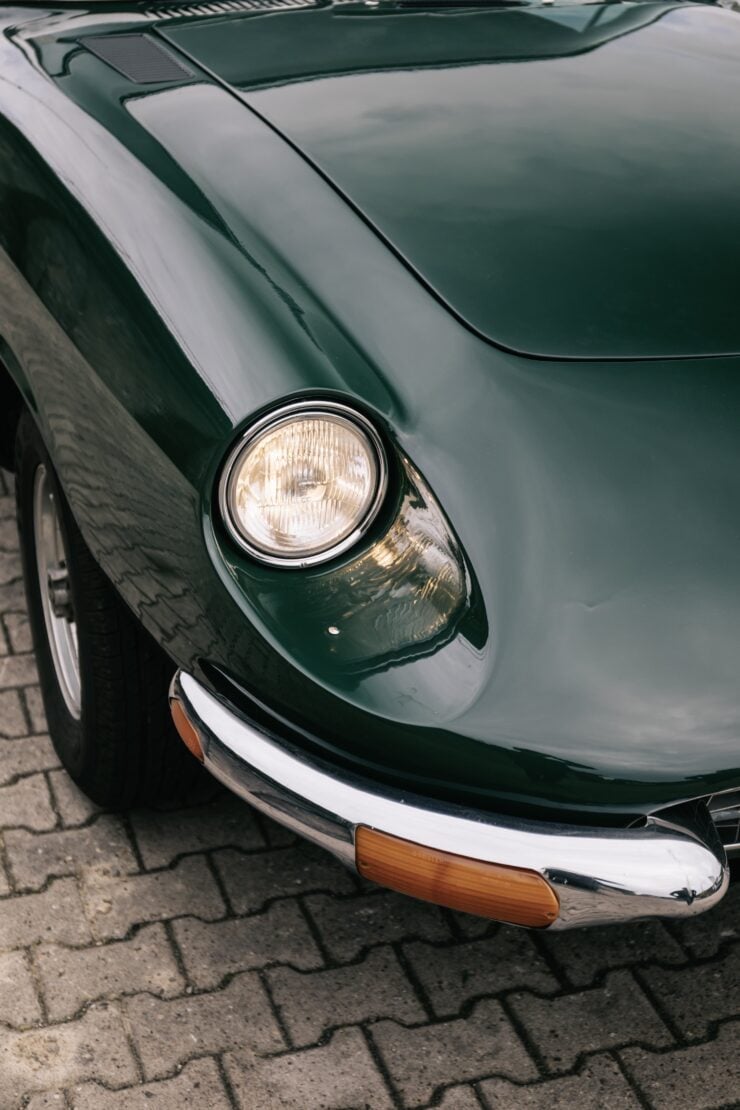
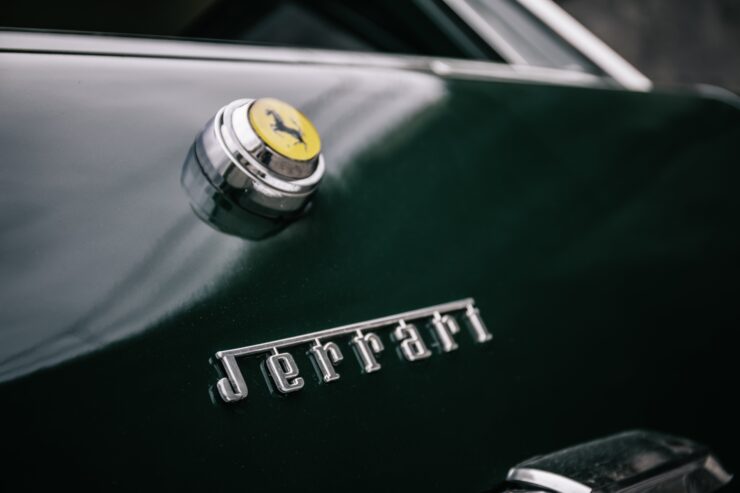
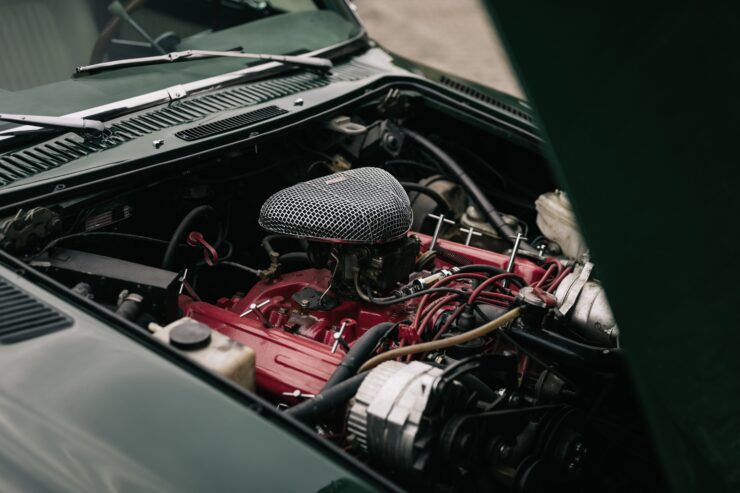
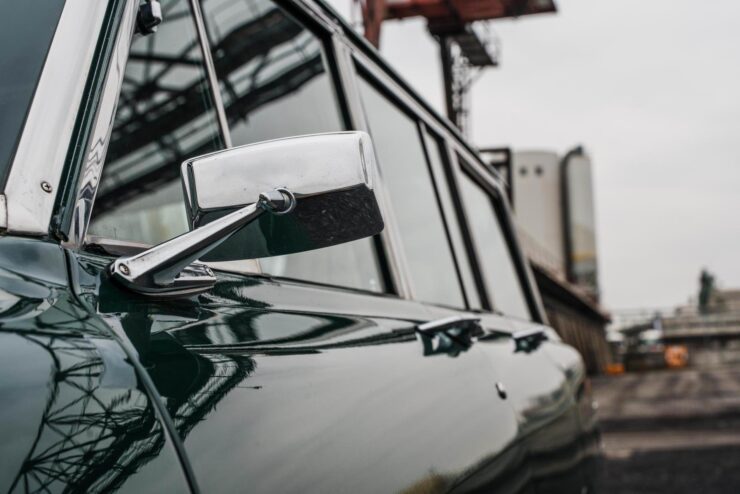
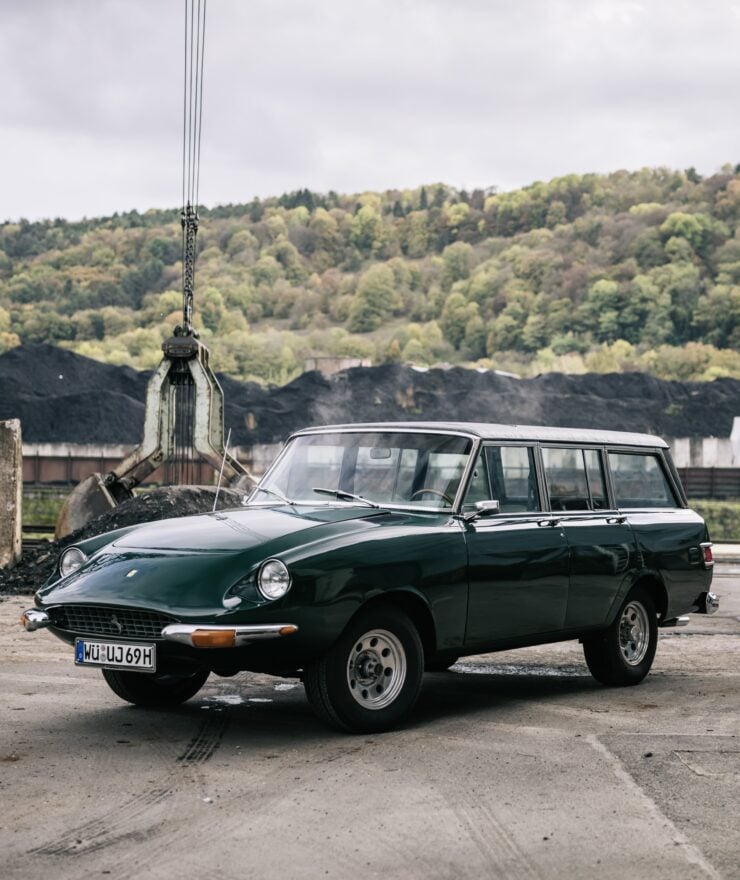
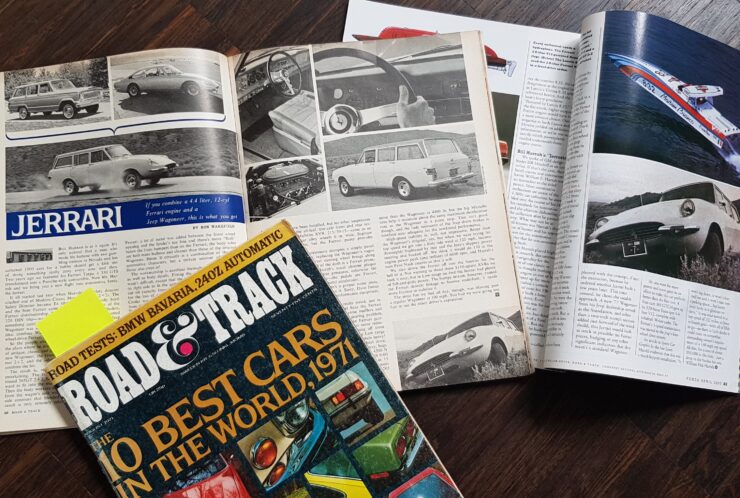
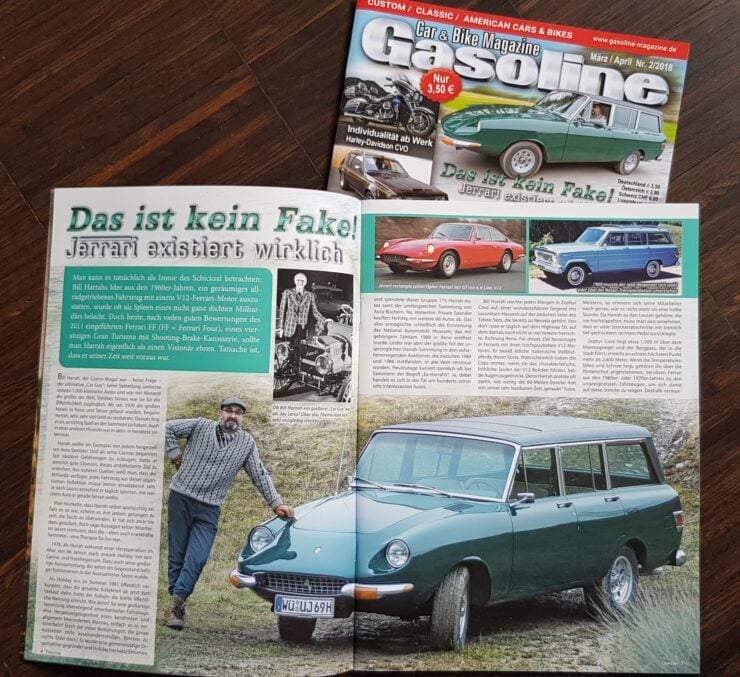
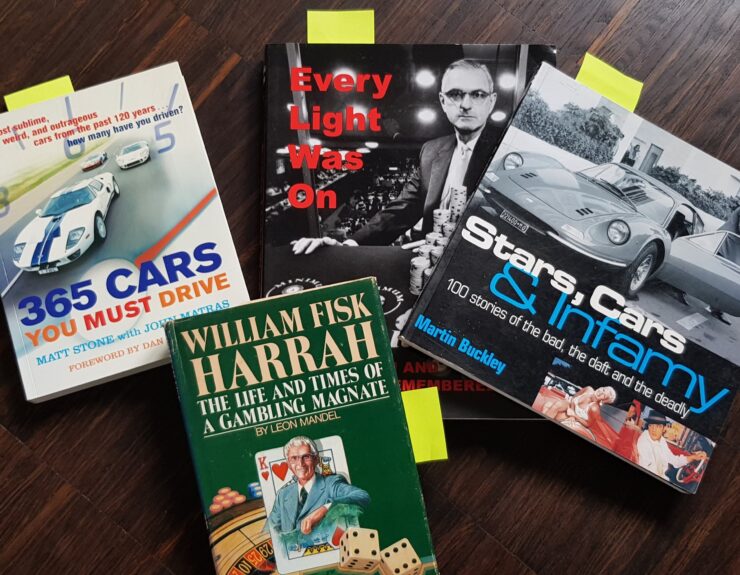
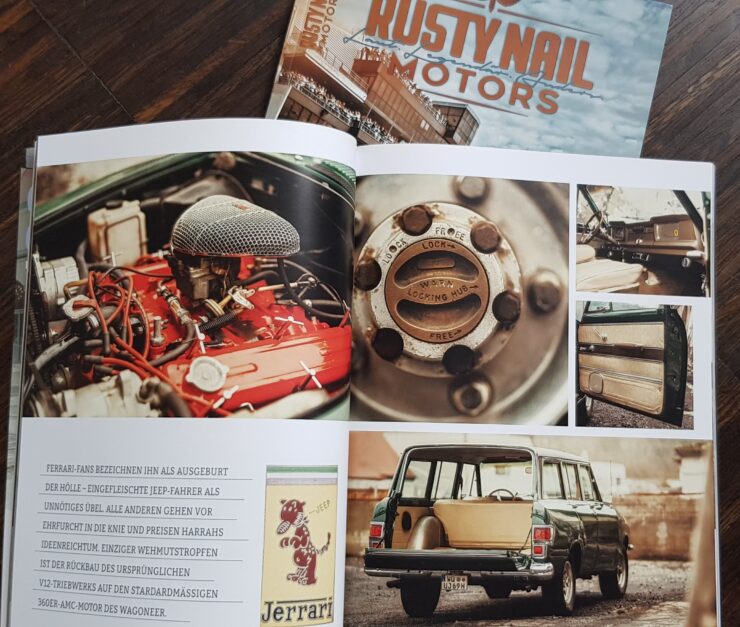
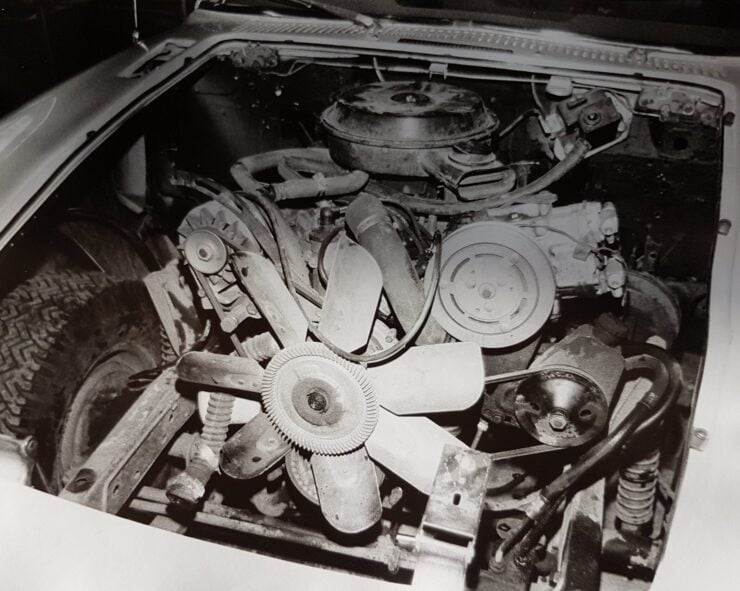
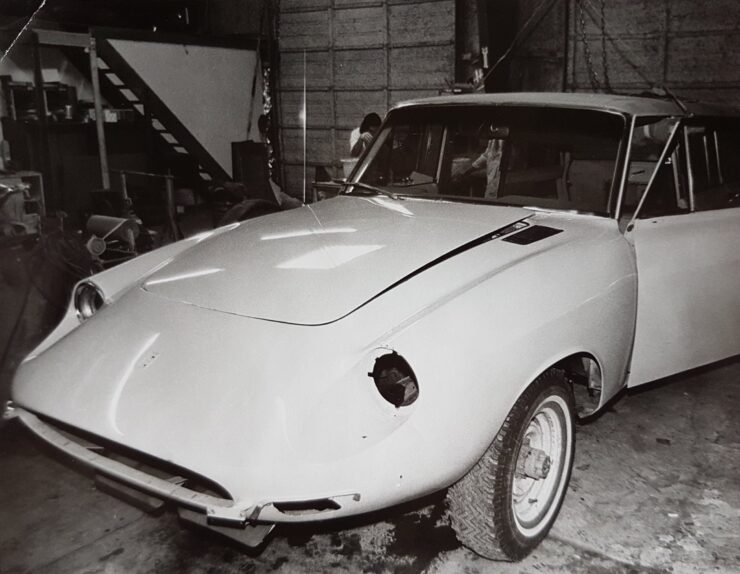
Hat Tip – The Drive

Articles that Ben has written have been covered on CNN, Popular Mechanics, Smithsonian Magazine, Road & Track Magazine, the official Pinterest blog, the official eBay Motors blog, BuzzFeed, Autoweek Magazine, Wired Magazine, Autoblog, Gear Patrol, Jalopnik, The Verge, and many more.
Silodrome was founded by Ben back in 2010, in the years since the site has grown to become a world leader in the alternative and vintage motoring sector, with well over a million monthly readers from around the world and many hundreds of thousands of followers on social media.

